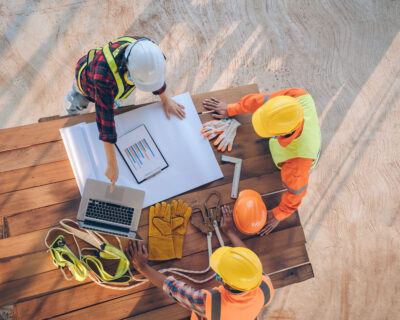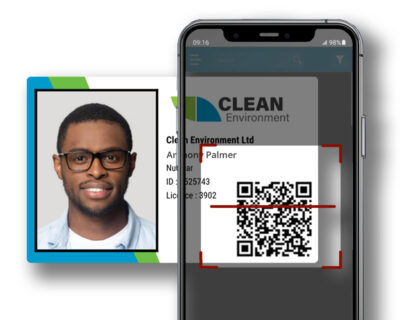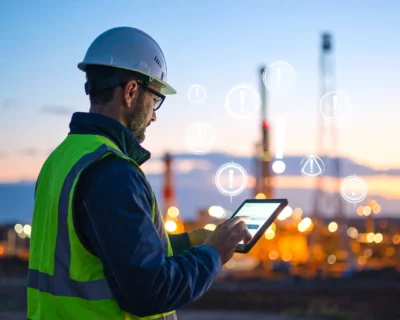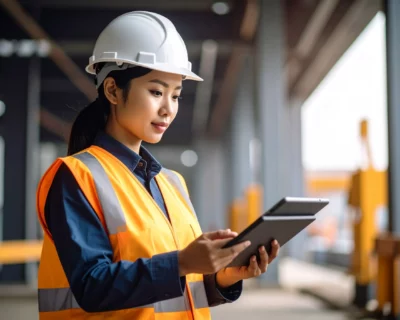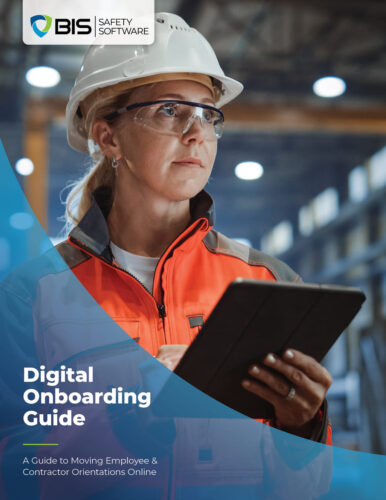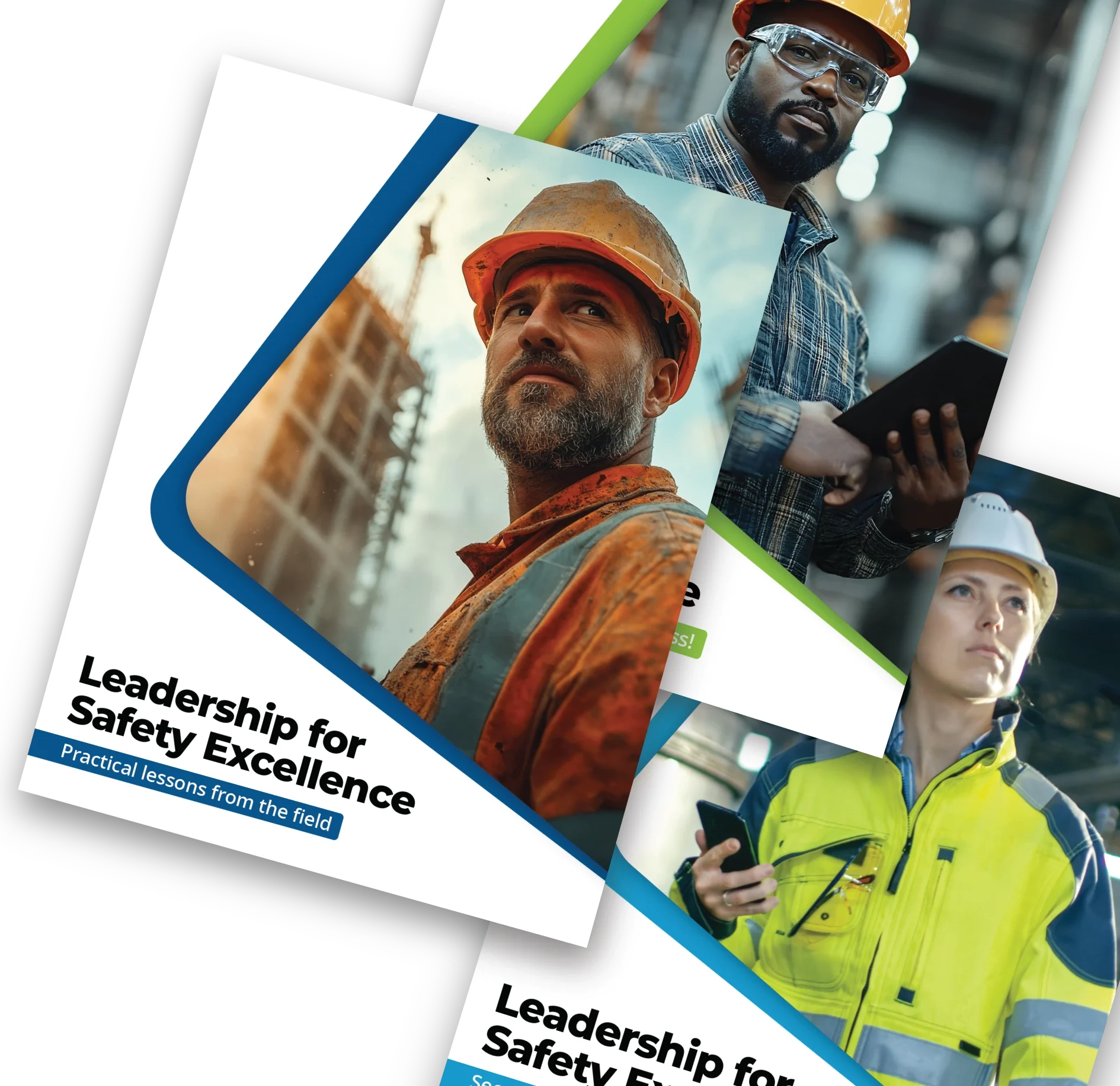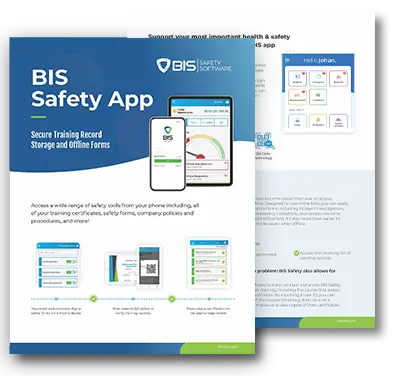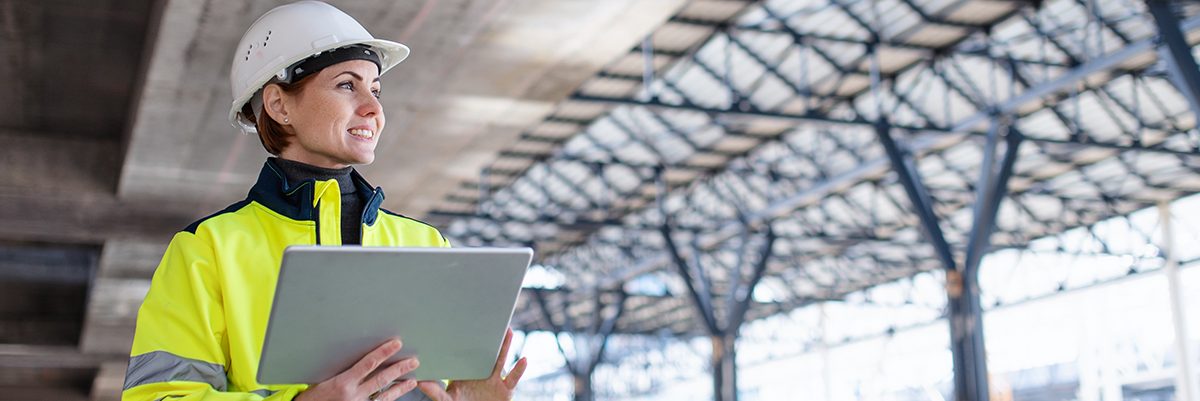
5 Trends in Workplace Safety Technology
Remember when music used to be recorded on compact discs, or when you needed to use a paper map or *gasp* stop at a gas station to ask for directions? Technology has changed our lives significantly over the past several decades. It hasn’t always been a smooth transition, but in many cases, these technological innovations have made our lives better. Medical advancements are saving lives every single day, the internet has brought the world’s information (and pet memes) to our fingertips, and cell phones have changed the way we communicate. It’s hard to imagine a world where none of these innovations exist.
And these advancements have affected every facet of our lives – including our work. From a safety perspective, it’s a very exciting time as we see new possibilities spring to life with the potential and actual scientific achievements that are impacting the way our businesses operate.
This article will introduce you to 5 of the top workplace trends in safety technology that appear ready to make a significant difference or will be very soon.
1) Wearable Technology
The first thing you likely thought of was an Apple Watch, which is actually a great example of wearable technology. For safety professionals, wearable technology provides a wonderful opportunity to monitor and track behaviors in an effort to reduce or eliminate risks. This is a field that is experiencing significant growth and is expected to do so for the foreseeable future. Here are 3 examples of wearable technology that have already been developed, and are ready for you to implement today:
- Exoskeletons
Sci-fi fans will already know about exoskeletons. If you’ve watched Iron Man, The Expanse, or just about any space movie, you’ve likely seen something similar. An exoskeleton is an external device that you wear or step into that will support and protect your body. They are particularly helpful for adding strength and preventing injury from repetitive tasks.
Despite what you’ve seen on the big screen, this technology is still in its infancy. There is, however, a company that has a product available commercially – the Sarcos’ Guardian XO. It’s a very expensive device, and there are still some limitations with the design, but it’s easy to see how these will become very useful for certain situations as the technology continues to advance.
- Location tracking devices
Tracking the location of employees within a worksite can be very beneficial, especially in instances when they are working alone. However, tracking employees is also very helpful in the event of an emergency – if an employee doesn’t make it safely to the muster point, you can find their location and send help while simultaneously reducing the risk to rescue personnel. There are many options already available, and they come in many different forms – a standalone device, an app available on your mobile device, or a combination of both. Staysafe is a great example of one such application.
- Vital Sign Monitors
The ability to monitor vital signs is another great example of safety technology that can help keep your employees safe. Many wearable devices can track heart rate, blood pressure, and blood oxygen saturation levels which can help identify when a worker is in distress. The ability to view this data in real-time allows for potential interventions and early medical responses to prevent situations from turning deadly. This information can also be used to identify trends around dangerous situations and allows safety professionals to create plans to minimize the risk of a repeat incident.
One safety technology that has been developed recently is the combination of monitoring technology and clothing–creating shirts that track your vital signs. There are several options already available such as Hexoskin and VitalJacket – shirts for men and women that can capture cardiac and respiratory data.
Future predictions on technology could soon see data being collected by wearable tech and sent to safety management software in real-time, where it can be accessed by managers, supervisors, or artificial assistants to better identify trends and prevent injuries. Costs will vary for these technologies and should come down as they are refined and find their way into more widespread use.
2) Drones
Drones are commonly seen hovering around parks and tourist attractions, and we’ve all seen the beautiful footage you can capture with their higher perspectives. This change in perspective has also led to a surge in their value to the safety industry for a couple of reasons. First, drones can take photos and videos from any height or angle. And second, drones can inspect areas that are unsafe or inaccessible by foot or vehicle.
This means that the use of a drone can reduce the risk of injury by performing tasks that were previously considered dangerous. And they can often detect hazards that may otherwise be hidden from sight. For example, inspecting the girders and supports for bridges in hard-to-reach areas, or inspecting an interior location with an unsafe structure or air quality issues is no longer the safety risk to humans that it once was. Technology can capture the required information with ease while keeping workers safe from unnecessary risks. You can even program flight paths to allow for consistent inspection day-to-day.
If an accident does occur, a drone can assist with search and rescue missions since they are not limited by obstacles such as building debris or ground instability the way that humans are. Combine this with advancements in scanning technology that can be added to the drone, and it’s easy to see why drone usage is expected to continue its growth.
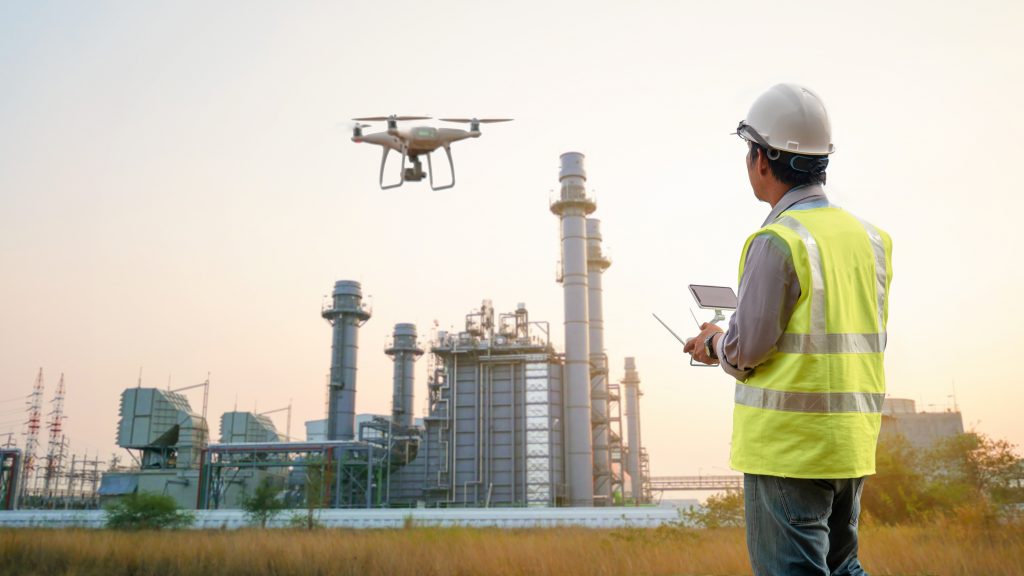
3) Virtual Reality
Virtual Reality has seen its popularity shift from solely video game usage to a powerful business tool. Its effectiveness can be seen from the simulated environments it can create, which make it a perfect application for training purposes. Airline pilots have been using simulation training for years, allowing trainees to learn the system without putting any lives or aircraft at risk. Virtual Reality can now offer a similar level of training for nearly any occupation.
VR has further applications such as testing the integrity of equipment and providing an opportunity to prevent or minimize incidents from occurring. For example, there are companies using VR to walk inside an oil pipeline to inspect it for leaks or deterioration (after first using drones and aerial equipment to scan the pipeline). Imagine the savings in averted disasters and the reduced effects on the environment (and corporate bottom line).
Undoubtedly, the biggest benefit to incorporating VR into your safety program is that employees can learn while remaining 100% safe. This provides a huge advantage in both the reduction of injuries as well as the prevention of damage to equipment. Advancing technologies combined with creative outside-the-box thinking will lead to many new ways to leverage VR. Watch for this safety technology to grow quickly.
4) Artificial Intelligence (AI)
Thanks to Hollywood, the words Artificial Intelligence likely bring up visions of Hal 9000 from Space Odyssey: 2001, Agent Smith from The Matrix. Human-like robots and independently thinking supercomputers are frequently what we think of when we consider advanced cognitive machinery. The reality is that we have been living with AI for a while already, and in most cases, it has done a great job of helping make our day-to-day lives better.
Every time you use face recognition to unlock your phone or rely on Google Maps to find the best route to your destination, you are interacting with AI. Credit card companies use AI to identify risky or fraudulent behavior. Social media also uses AI extensively. It is all around us, and we interact with it often without even knowing it.
One of the most useful functions of AI is the ability to analyze very large amounts of data in an instant, providing factual evidence from calculations and analysis it would take humans many hours or days to compute. With more devices being invented and developed all the time AI will become increasingly important to interpret and analyze the large amounts of data we will have access to.
When properly used, AI can help sort through all the data that is collected from inspections, assessments, and reports to provide a clear picture of safety within your organization. Recognizing problem areas and warning signs can be very beneficial, as well as identifying training gaps within your organization and identifying deficiencies of skills. Software is constantly adapting, and the use of AI will continue to grow, becoming intertwined in the fabric of all our safety software programs.
5) Digital Interfaces
It’s no secret – computers have been changing the way we operate since the 1980s. It’s also no secret that there has been a staggering growth over the past decade in both the variety and efficacy of computer hardware and software. It is commonplace to see photos and videos being used for training, documentation, and communication everywhere in our work. Mobile phone technology allows us to collect digital signatures, timestamps, and geolocation tags from anywhere. And the ease at which we can now collect and view data would have been hard to fathom not too long ago.
It’s also hard to imagine a workplace without a digital workflow. Paper inspections and assessments no longer represent the format of choice, with digital forms and cloud storage replacing rooms full of filing cabinets. Reporting capabilities alone make this transition worthwhile, as does the speed of accessing all this information. And as technology races ahead, utilizing a digital workflow will only make it easier to connect to new innovations in the future.
Conclusion
As safety technology continues to evolve, there will be more opportunities to improve our safety systems, taking advantage of the newest innovations available to us. The goal will be to keep an eye on increasing efficiency, improving communication, and delivering greater access to information which will make decision-making easier and more accurate.
From a safety perspective, there are some incredibly exciting technologies that are being developed, and these scientific advancements will undoubtedly lead to improvements in overall worker health and wellness. The way that employees are trained, the ability to reduce the physical toll from repetitive tasks, and the reduced exposure to riskier situations will allow us all to function better and more effectively. Most importantly, it should allow us all to make it home safely to our families. Possibly in a flying car.


